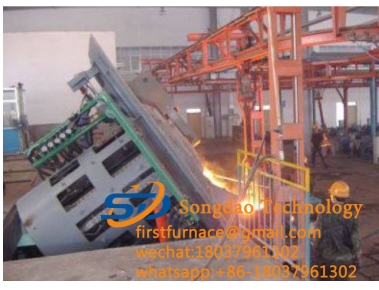- 04
- Mar
Advanced explanation of power factor of induction melting furnace
Advanced explanation of power factor of induction melting furnace
High-level explanation of the power factor of induction melting furnace: In the inductive load circuit, the peak value of the current waveform occurs after the peak value of the voltage waveform. The separation of the peaks of the two waveforms can be expressed by the power factor. The lower the power factor, the greater the separation between the two waveform peaks. Paulkin can bring the two peaks closer together again, thereby improving the efficiency of the system.

The power factor is one of the important technical data of AC circuits. The level of power factor is of great significance to the utilization and analysis of electric induction melting furnaces, as well as the study of electric energy consumption and other issues. The so-called power factor refers to the cosine of the phase difference between the voltage U at both ends of any two-terminal network (a circuit with two contacts to the outside world) and the current I in it. The power consumed in the two-terminal network refers to the average power, also called active power, which is equal to: P=UIcosΦ. From this, it can be seen that the power P consumed in the circuit depends not only on the voltage V and the current I, but It is also related to power factor. The power factor depends on the nature of the load in the circuit. For resistive loads, the phase difference between voltage and current is 0, so the power factor of the circuit is the largest (); while for pure inductive circuits, the phase difference between voltage and current is π/2, and the voltage leads the current; in pure capacitance In the circuit, the phase difference between the voltage and the current is-(π/2), that is, the current leads the voltage. In the latter two circuits, the power factor is zero. For general load circuits, the power factor is between 0 and 1.
